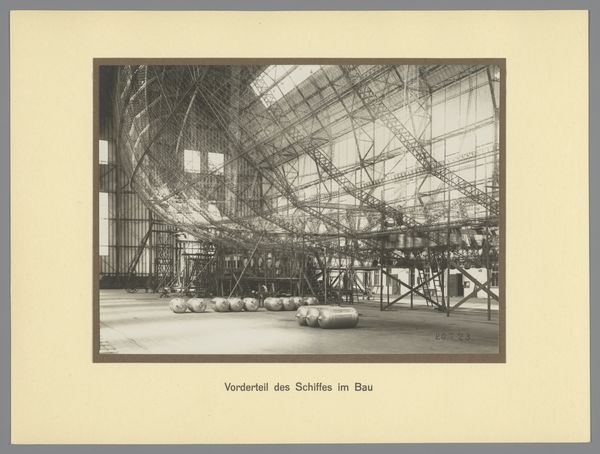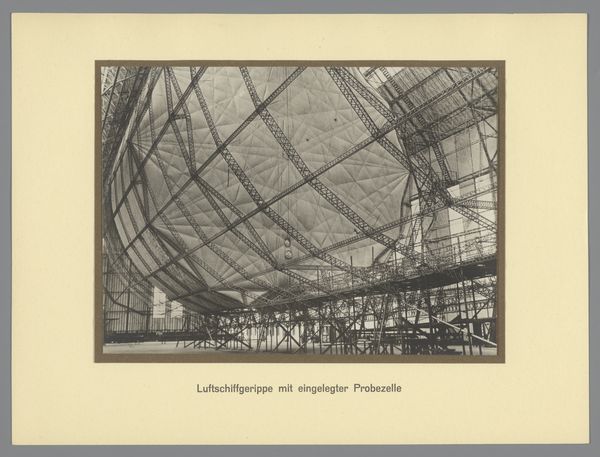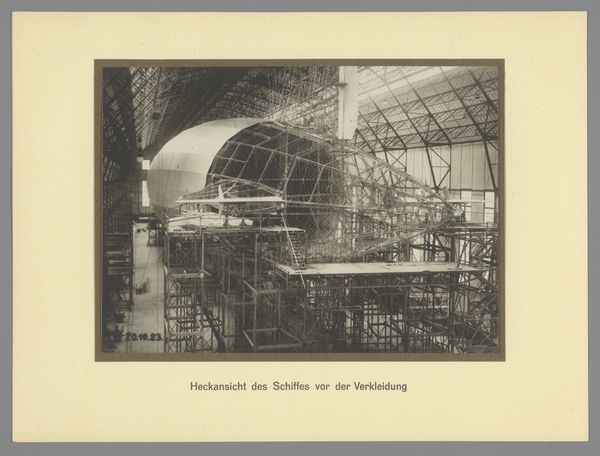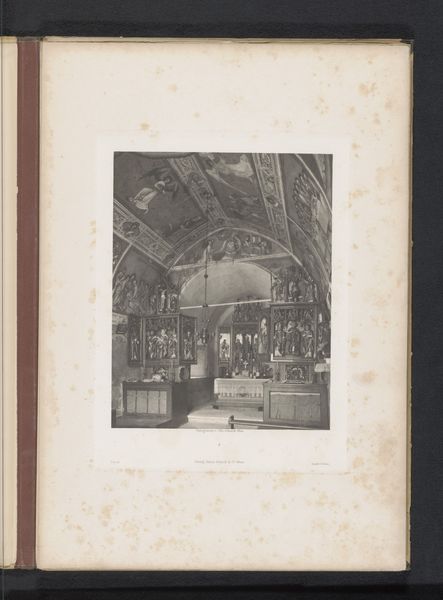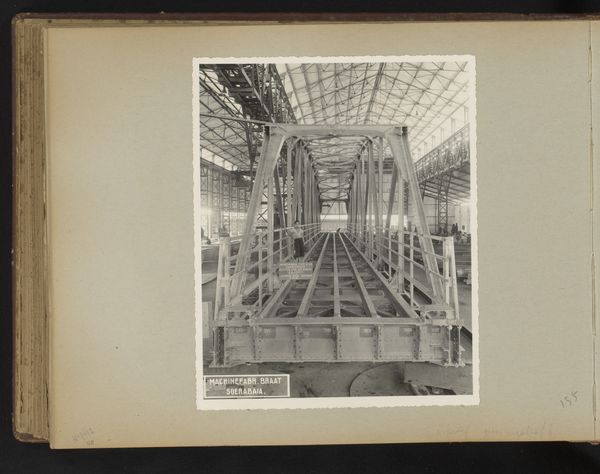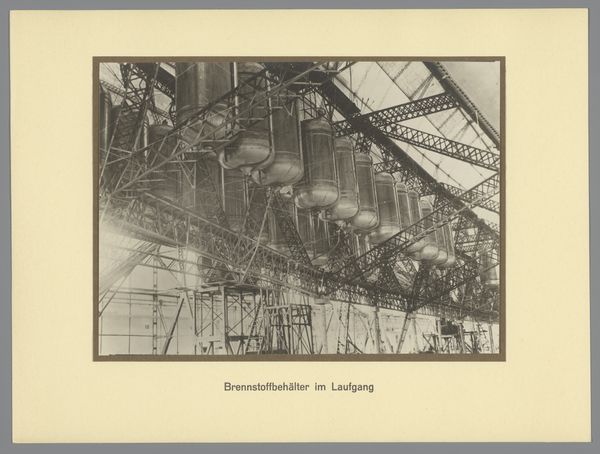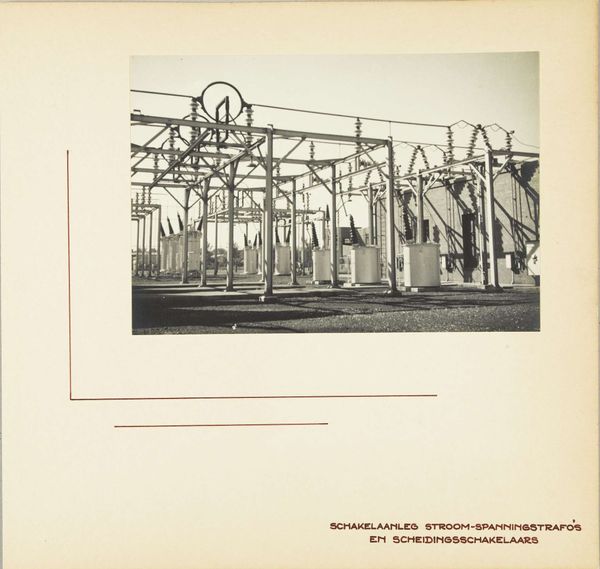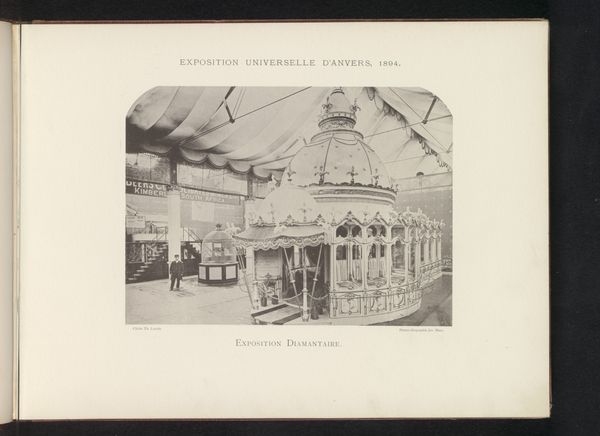
photography
#
landscape
#
photography
#
geometric
#
constructionism
Dimensions: height 160 mm, width 220 mm, height 240 mm, width 320 mm
Copyright: Rijks Museum: Open Domain
Curator: The photograph before us, titled "Bouw van de boeg" from 1924, presents the construction of what appears to be a massive airship. Editor: The sheer scale is impressive, isn’t it? The skeletal structure looms with workers perched precariously, creating a feeling of monumentality but also precariousness, like some early constructivist dream unfolding. Curator: Indeed, and consider the time: this photograph emerges from the vibrant and turbulent period between the wars. Aviation was still a relatively novel domain, perceived through both optimism and anxiety. The geometric scaffolding embodies both, framing labor within a context of rapid technological advancement. What does it suggest to you in terms of the period's politics and ideologies? Editor: Immediately I'm drawn to the means of production itself. The skeletal architecture exposes how the raw materials come together, rivets and beams that create an industrial landscape more than it hints at utopian possibility. I think about labor itself – how the work here reflects the era's evolving social fabric as this object comes together one weld at a time. Curator: Precisely! The act of construction is key to its narrative. These laborers contribute to something perceived as progressive but which is rooted in specific political needs related to transport and power. What social interactions took place at the construction site? How might ideas of the future have shaped the gender and social dynamics of these professions? Editor: Also, I see an emphasis on efficiency of movement and form, reflecting modern materialist concerns with streamlining and standardization within the photograph’s geometry itself. What kinds of engineering knowledge informed it and who were its gatekeepers? Curator: Good questions. The photograph provides much fodder for thought, especially relating to industrial identity formation within these new technological and visual registers. What do you take away from this consideration of work and image production? Editor: This piece urges a further examination of how objects such as this one materialize in the context of both technological change and the material conditions from which it rises. Curator: Agreed. It calls for continuous investigation, looking at the intricate links between technological progression, societal power structures, and identity to examine how photographs inform these relations in complex and nuanced ways.
Comments
No comments
Be the first to comment and join the conversation on the ultimate creative platform.
